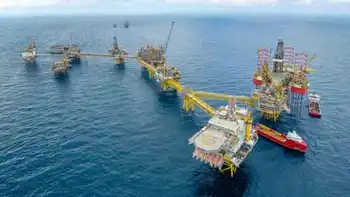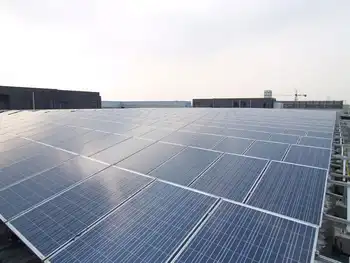Italy resurrects nuclear power industry
As a result, four power plants in the cities of Latina, Trino, Garigliano and Caorso were closed, and construction on Montalto di Castro NPP was stopped. But in May 2008, Claudio Scajola, Minister for Economic Development, announced that Italy will return to nuclear power.
This decision responds to two facts. First, Italy's energy matrix relys heavily on natural gas, which comes primarily from abroad. This affects the country's competitiveness. There is also a need to reduce carbon-dioxide emissions in order to meet Kyoto Protocol restrictions. Scajola said the optimal energy matrix for Italy would include 25% of the installed generating capacity from renewable sources, 25% from nuclear sources and the remaining 50% from fossil-fueled power plants.
Italy took another step forward this year by signing a memorandum of cooperation with the French government to create a joint venture between Enel Spa and EDF to develop feasibility studies for the construction of four European pressurized water reactor units in Italy. Once the technical, political and financial aspects are solved, the companies will create individual companies to build, commission and operate the four units. These companies will be majority owned by Enel, and the incorporation of third-party companies is being contemplated, as long as Enel and EDF remain as majority shareholders.
According to Enel's preliminary plan, construction of the first unit should start by 2013 with a five-year construction period for each unit; by 2020, the four units are expected to be fully operational and supplying 6,000 megawatts (MW) to the national power grid, equivalent to 10% of the national energy consumption.
Related News

The Netherlands Outpaces Canada in Solar Power Generation
OTTAWA - When it comes to harnessing solar power, the Netherlands stands as a shining example of efficient and widespread adoption, far surpassing Canada in solar energy generation per capita. Despite Canada's vast landmass and abundance of sunlight, the Netherlands has managed to outpace its North American counterpart in solar energy production. This article explores the factors behind the Netherlands' success in solar power generation and compares it to Canada's approach.
Solar Power Capacity and Policy Support
The Netherlands has rapidly expanded its solar power capacity in recent years, driven by a combination of favorable policies, technological advancements, and public…





